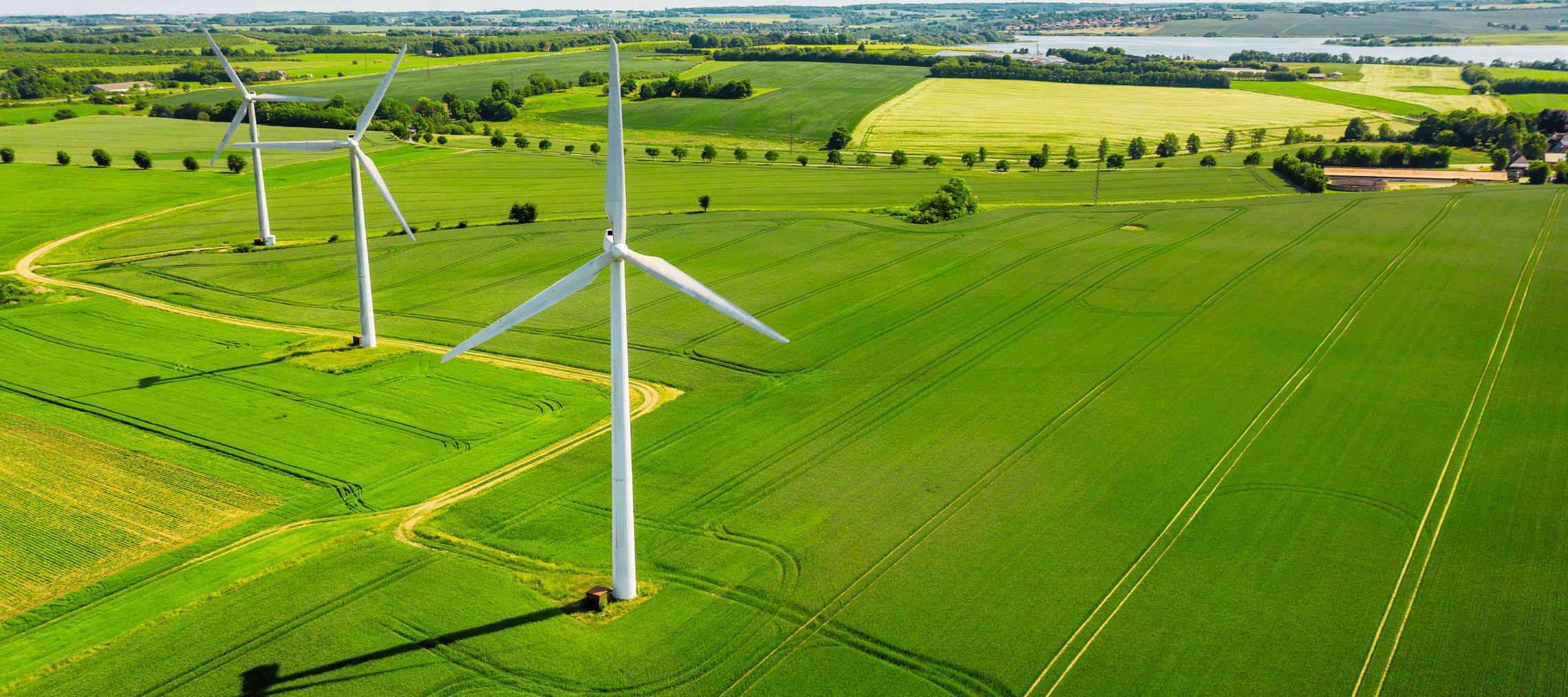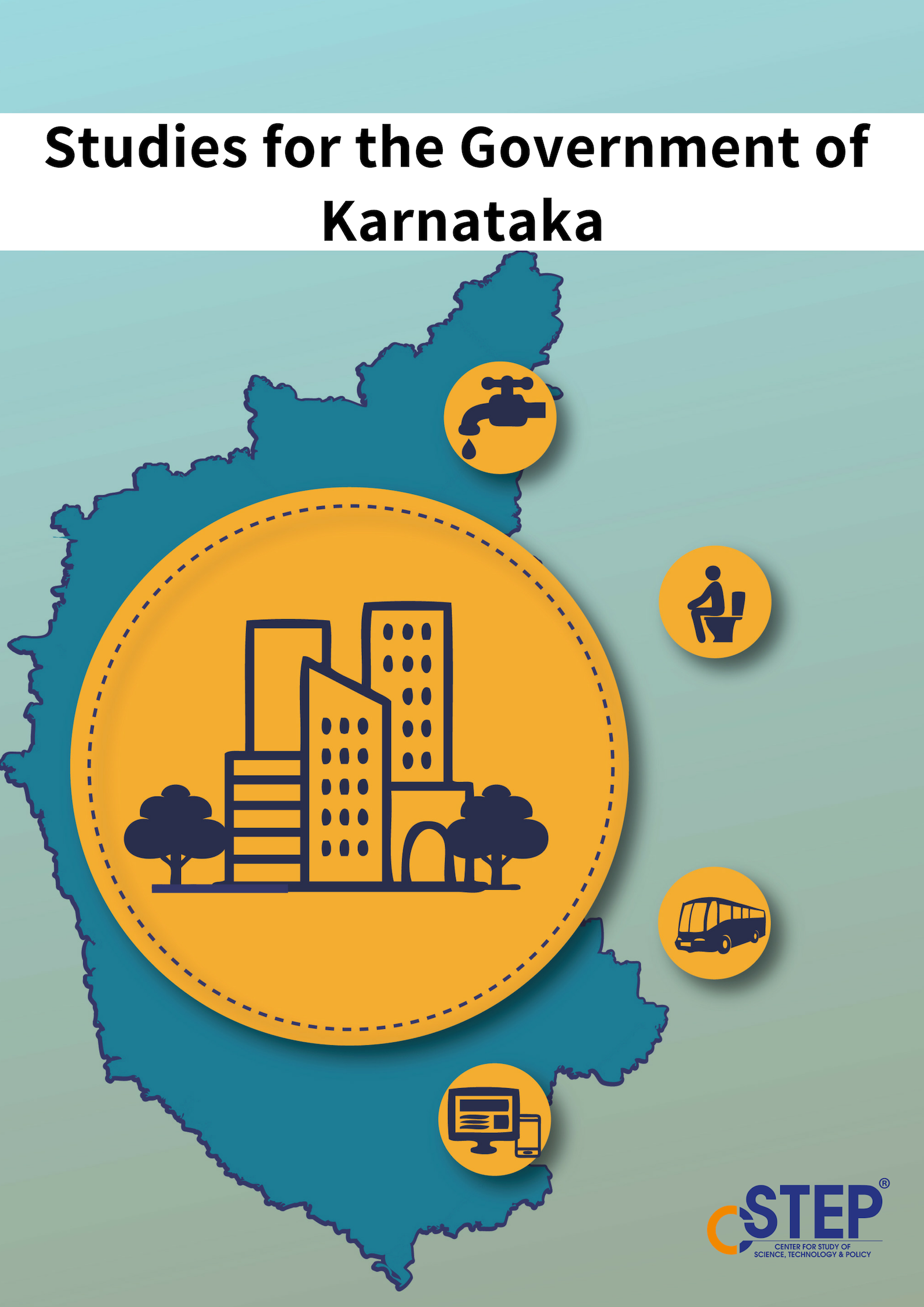India aims to meet its growing power demands through the expansion of its renewable energy capacity. This warrants a strong transmission infrastructure to integrate and evacuate renewable energy, as a transmission network acts as the backbone of power systems to transfer power from generation stations to load centres. As the country works towards this mission, a thorough transmission network analysis is needed to design a power evacuation scheme and assess technical feasibility. CSTEP supports transmission utilities to strengthen their transmission infrastructure and integrate a higher share of renewable energy to provide a reliable supply.




Powering India’s economic and energy growth: A sustainable approach
India, the fifth largest economy in the world, is ambitiously striving to achieve a USD 5-trillion economy in the near future, positioning itself among the top three global economies. This has been possible due to the remarkable growth in India’s GDP over the past 18 years. As per NITI Aayog, India’s GDP increased from INR 42.6 lakh crore in the financial year (FY) 2006–07 to INR 295.4 lakh crore in FY 2023–24.
Effective resource planning: RA studies needed to optimise the surrender of generation capacities
The Indian power sector has witnessed substantial growth in generation capacity, with 420 GW (as of May 2024) meeting the energy needs of more than 1.4 billion people. The growth has been primarily driven by policy reforms such as the Electricity Act, 2003, and efficiency improvements. However, the Central Electricity Authority (CEA) predicted a night-time peak shortage of 14 GW in June 2024.
Key Amendments: Highlights of the draft DSM regulations, 2024
The Central Electricity Regulatory Commission (CERC) issued the Draft Central Electricity Regulatory Commission (Deviation Settlement Mechanism [DSM] and Related Matters) Regulations in April 2024. The commission found that the existing DSM pricing structure was leading to over-incentivisation of deviations from scheduled transactions, resulting in suboptimal grid operations and impacting grid stability. Generators were using DSM as a market medium rather than a tool to avoid frequency deviations and ensure grid stability.
What India can do to site green hydrogen production plants effectively
India marked its presence as a serious contender in the green hydrogen space at the World Hydrogen Summit in Rotterdam, the Netherlands, which happened in May this year. The India Pavilion set up by the Ministry of New and Renewable Energy (MNRE) showcased the nation’s progress in the green hydrogen (GH2) domain and conveyed the government’s intent to deploy it for meeting the nation’s energy requirements sustainably.
Andhra Pradesh Power Sector: A Roadmap Till 2040
Andhra Pradesh's (AP’s) gross state domestic product stood at INR 1,201,736 crore (USD 157.36 billion) in FY 22. The power sector played a crucial role in supporting the state's economic growth. The state initiated power sector reforms as early as 1998 and was also the first state to sign the ‘Power for All’ agreement—the basis for power sector planning in AP—with the Government of India in September 2014.
Kerala Energy Transition Roadmap 2040
The state of Kerala is committed to sustainability, with aims to attain net-zero emissions by 2050 and meet 100% of its energy requirements though renewable energy (RE) sources by 2040. However, currently the state’s internal power generation meets only 30-35% of its energy requirements, while the rest is supplied by imports, predominantly sourced from coal-based resources. This scenario emphasises the need for understanding the state's energy dynamics and developing an actionable plan to reduce the dependence on thermal imports and enable a smooth RE transition.
Address the surging energy demand
On August 25, 2023, Karnataka clocked the highest-ever peak demand for energy at 16,950 MW. This unusual surge (the state normally experiences peak demand in the summer months) was driven by factors such as escalated energy consumption due to the provision of free power up to 200 units/month to domestic consumers, poor rainfall leading to increased energy consumption by farmers, and heightened commercial and industrial activities within the state.
Feasibility of Offshore Wind Farms in India
India’s energy demand is expected to grow at about 3% per annum till 2040, which necessitates the development of more clean power sources to fulfil this demand. India aims to meet 50% of the nation’s energy requirement through green energy sources by installing 500 GW of non-fossil fuel-based energy sources. In this context, the Indian power sector has introduced various policies to encourage investors and developers to establish more renewable energy plants.